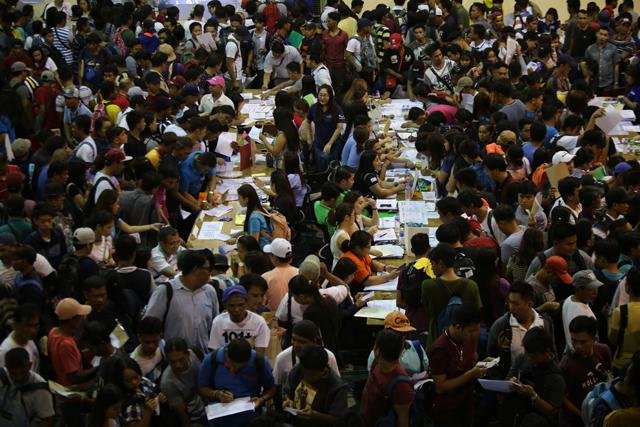The Challenge of Unemployment Here In The Philippines

Unemployment is a significant challenge in the Philippines. The country has a growing population and a high labor force participation rate. The unemployment rate has been a concern for policymakers and economists, as it affects the welfare of millions of Filipinos. This blog post will provide an overview of the unemployment rate in the Philippines, its causes, and potential solutions.
What is the unemployment rate in the Philippines?
The unemployment rate in the Philippines was 8.9% in 2020, up from 5.1% in 2019. This increase was mainly due to the COVID-19 pandemic, which caused widespread job losses across many sectors. The pandemic forced many businesses to shut down or scale back operations, resulting in mass layoffs and a significant increase in the number of jobless Filipinos.
The Philippines has one of the highest unemployment rates in Southeast Asia, with only Indonesia and Myanmar having higher rates. The country’s unemployment rate has been consistently high for many years, despite the country’s robust economic growth in recent years.
What are the causes of unemployment in the Philippines?
There are several reasons why the unemployment rate in the Philippines is high. One of the main causes is the country’s large informal sector, which employs a significant proportion of the workforce. According to the International Labour Organization (ILO), 72% of the Philippine workforce is in the informal sector, which is characterized by low wages, poor working conditions, and limited job security.
Another cause of unemployment is the lack of job opportunities in rural areas, which account for a significant portion of the Philippine workforce. Many rural Filipinos lack the necessary skills and education to compete in the modern job market, leading to a mismatch between the skills of the workforce and the requirements of employers.
Additionally, the Philippines has a high underemployment rate, which refers to individuals who are employed but are not earning enough to make ends meet. Underemployment is a pervasive issue in the country, particularly in the agricultural sector, where many farmers and farmworkers struggle to earn a decent living.
What are the potential solutions to reduce unemployment in the Philippines?
Reducing the unemployment rate in the Philippines is a complex issue that requires a multifaceted approach. Some potential solutions include:
- Promoting entrepreneurship and small business development: Encouraging the growth of small businesses can help create new jobs and reduce the reliance on the informal sector. The government can provide incentives and support to entrepreneurs to help them start and grow their businesses.
- Investing in education and skills training: Addressing the skills mismatch in the workforce is crucial to reducing unemployment. The government can invest in education and skills training programs that prepare workers for the modern job market.
- Attracting foreign investment: Encouraging foreign companies to invest in the Philippines can create new job opportunities and stimulate economic growth. The government can provide incentives and support to foreign investors to encourage them to invest in the country.
- Providing social safety nets: The government can provide social safety nets, such as unemployment benefits, to help those who are out of work. These safety nets can help provide a cushion for individuals and families who are struggling financially.
- Addressing underemployment: Addressing the issue of underemployment is also crucial to reducing unemployment. The government can invest in programs that help individuals and families earn a decent living, such as agricultural training programs and microfinance initiatives.
Conclusion
The high unemployment rate in the Philippines is a significant challenge that affects the welfare of millions of Filipinos. The COVID-19 pandemic has exacerbated the problem, causing widespread job losses across many sectors. Addressing the issue of unemployment requires a multifaceted approach that includes promoting entrepreneurship, investing in education and skills training, attracting foreign investment, providing social safety nets, and addressing underemployment. By taking these steps, the government can help reduce the unemployment rate in